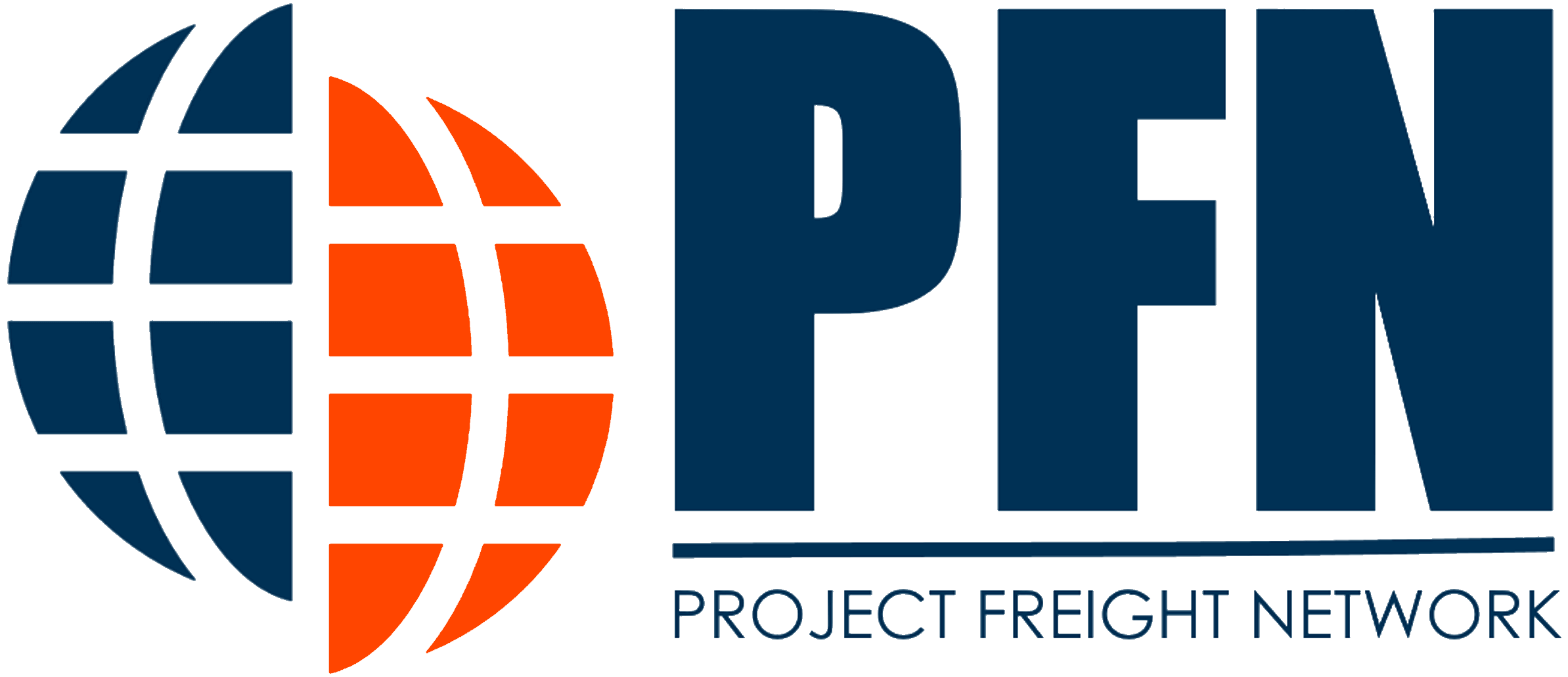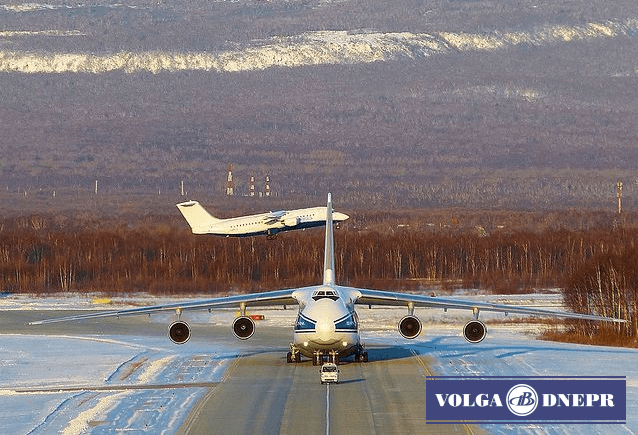In the bustling world of maritime shipping, two distinct services play a pivotal role in global logistics: liner and tramp shipping. Understanding the differences between these services is crucial for businesses navigating the complexities of international trade. Both have unique attributes that cater to specific shipping needs, and choosing the right one can significantly impact the efficiency and cost-effectiveness of your logistics operations.
Liner services are the backbone of regular, scheduled maritime transport. Imagine them as the dependable city buses of the shipping world, adhering to fixed routes and timetables. These services are characterized by their regularity and predictability, making them indispensable for businesses that require consistent and reliable shipping schedules. Liner vessels operate on pre-determined routes, stopping at designated ports at set intervals, much like a well-oiled machine. This structure allows companies to plan their logistics with precision, ensuring that goods arrive at their destinations on time.
One of the key advantages of liner services is their ability to offer a variety of shipping methods tailored to different cargo types. Container shipping is perhaps the most well-known, revolutionizing global trade with its standardized, efficient method of transporting goods. Containers are versatile, accommodating everything from electronics to apparel, and can be easily transferred between ships, trucks, and trains. For bulk commodities like grain, coal, and oil, bulk shipping is the method of choice, allowing for the transport of large quantities of raw materials in the ship’s hold. Breakbulk shipping caters to oversized or heavy cargo that cannot be containerized, such as machinery and industrial equipment.
However, the regularity of liner services can also be a double-edged sword. While it provides predictability, it also means that any delays can have a ripple effect, potentially disrupting the supply chain. Congestion at ports or unforeseen circumstances like bad weather can lead to delays, affecting the entire logistics plan. Additionally, the cost of liner services can be higher, particularly for less-than-container load (LCL) shipments or when demand for shipping exceeds supply. Despite these potential drawbacks, the benefits of reliability, global coverage, and diverse shipping options make liner services a preferred choice for many businesses.
In contrast to the structured nature of liner services, tramp shipping offers a flexible and adaptable approach to maritime transport. Tramp services are akin to taxis in the shipping industry, operating without fixed schedules or routes. These ships go wherever there is demand, providing a bespoke service tailored to specific needs. This flexibility makes tramp services ideal for irregular shipments, special projects, or destinations not covered by regular liner routes.
Tramp ships excel in filling the gaps left by liner services, offering essential connectivity for one-off shipments and routes not covered by fixed schedules. For businesses dealing with unique cargo requirements or needing to reach less frequented ports, tramp shipping provides a tailored solution. Whether it’s transporting oversized machinery to a remote construction site or delivering emergency supplies to a disaster-stricken area, tramp services can be chartered specifically for the task at hand.
The primary advantage of tramp services is their unparalleled flexibility. They can quickly adapt to changing market demands and transport needs, providing a level of responsiveness that liner services cannot match. However, this flexibility comes with certain trade-offs. The cost of tramp shipping can be higher due to the bespoke nature of the service and the lack of economies of scale that liner services benefit from. Additionally, the reliability of tramp services can be less predictable compared to the fixed schedules of liner shipping, requiring shippers to carefully consider the specific needs of their cargo and timing.
The essence of the distinction between liner and tramp services lies in their operational frameworks. Liner services offer predictability and efficiency through fixed routes and schedules, facilitating seamless planning and operations. They are the go-to option for large, regular shipments that require consistent delivery times. On the other hand, tramp services provide the flexibility to meet diverse and fluctuating shipping demands, serving as a bespoke solution for irregular shipping needs. They are ideal for smaller, sporadic freight tasks or when unique logistical challenges arise.
To illustrate, let’s consider a scenario where a construction company needs to transport heavy machinery to a remote island for a one-time project. A liner service, with its fixed schedule and routes, may not offer direct connectivity to the island, necessitating multiple transfers and potential delays. In this case, a tramp service would be the optimal choice, as the ship can be chartered directly to the destination, ensuring timely delivery of the equipment. Conversely, a retail company needing to transport a steady stream of consumer goods across the globe would benefit from the regularity and reliability of a liner service, ensuring shelves are consistently stocked.
This detailed examination of liner and tramp shipping services seeks to equip you with the knowledge to navigate the complexities of maritime logistics. Whether you’re leaning towards the structured world of liner services or the adaptable realm of tramp shipping, choosing the right service depends on your specific needs and priorities. The choice between predictability and flexibility, cost considerations, and the nature of your cargo are all critical factors in making an informed decision.
For businesses seeking expert guidance and support in their shipping endeavors, partnering with a seasoned freight forwarder network organization like Project Freight Network – PFN, can provide the customized solutions needed from its members to optimize your logistics operations. Whether it’s the regularity of liner services or the tailored approach of tramp shipping, WeFreight offers comprehensive services to meet your maritime transport needs.
In conclusion, the maritime shipping industry offers diverse solutions to cater to a wide range of logistics requirements. Liner services provide the structured, reliable backbone necessary for regular, large-scale shipments, while tramp services offer the flexibility and adaptability needed for unique and irregular cargo demands. Understanding these distinctions and leveraging the right service for your needs can significantly enhance the efficiency and effectiveness of your global trade operations.





